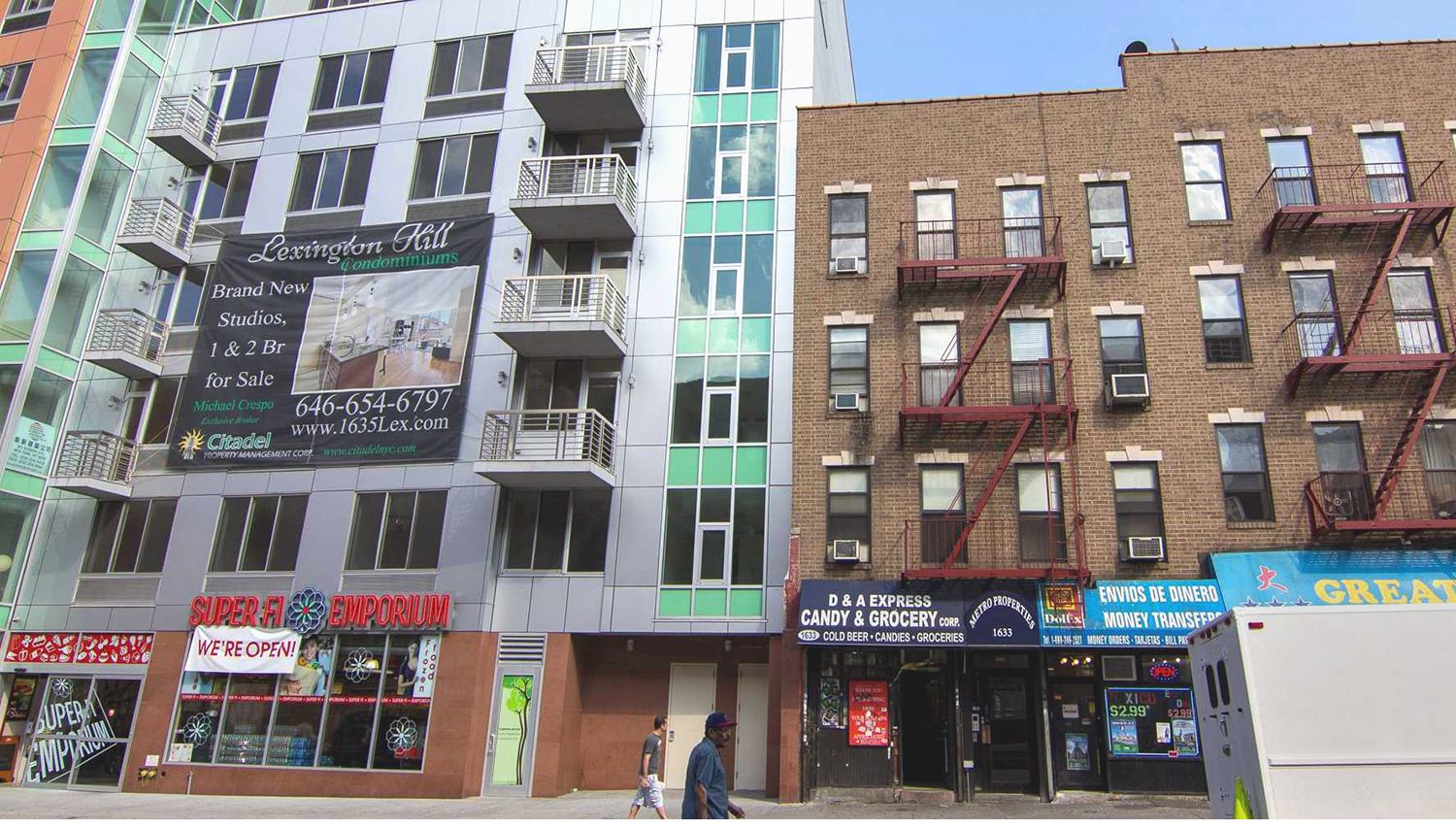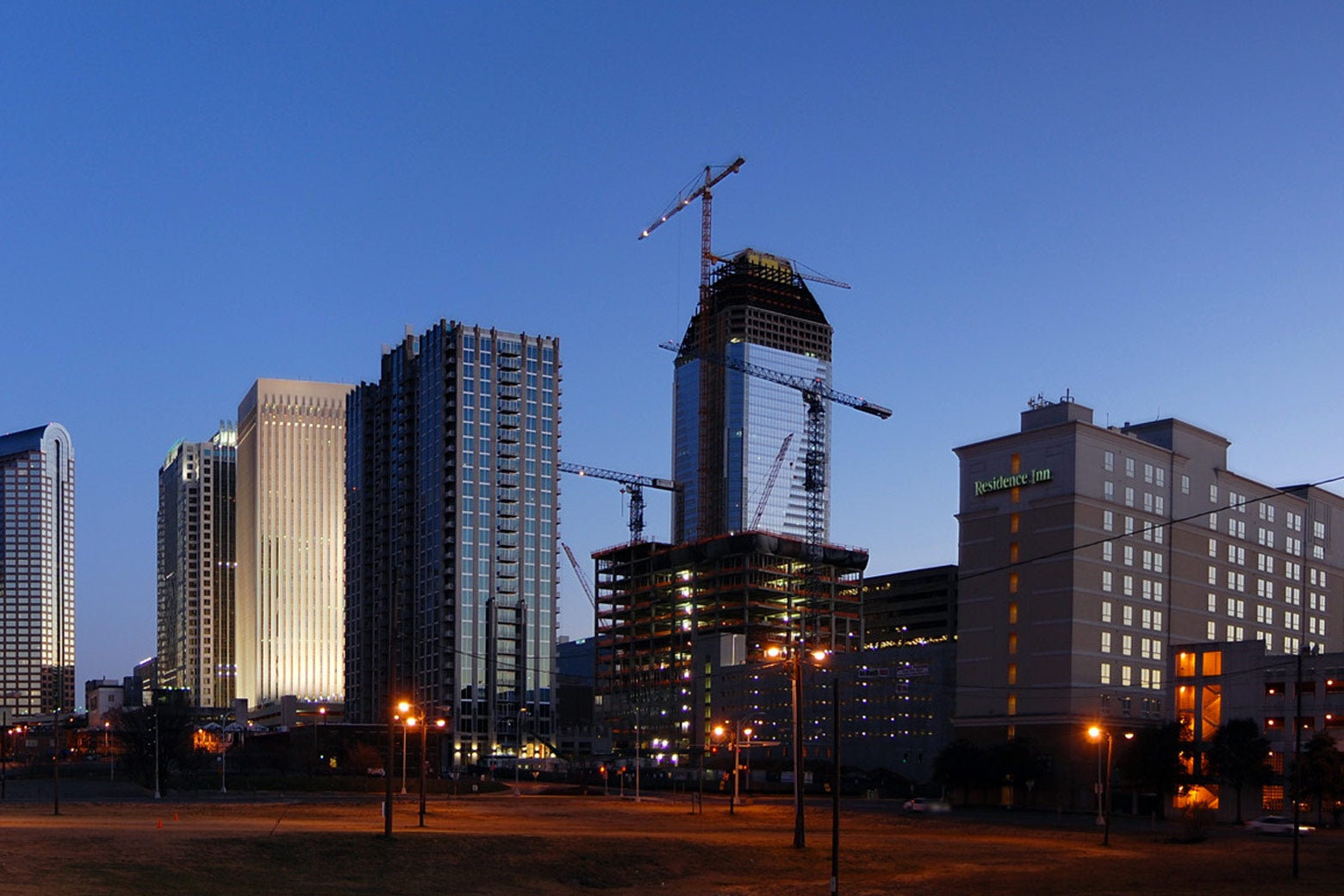What Are The Social Implications Of Architectural Gentrification?
 The issue of gentrification and its effects on urban residents has been a hot topic for several decades. Many people believe that gentrification improves neighborhoods by bringing in new investment and improving living conditions. However, there are also concerns that gentrification displaces long-time residents and disrupts established communities.
The issue of gentrification and its effects on urban residents has been a hot topic for several decades. Many people believe that gentrification improves neighborhoods by bringing in new investment and improving living conditions. However, there are also concerns that gentrification displaces long-time residents and disrupts established communities.
Recently, a Planning Ph.D. student has conducted research that reveals a method to reduce the ill effects of gentrification on existing communities. This research is valuable for urban planning professionals, policymakers, and community members who are interested in preserving the character and diversity of urban communities. Here are some key points from the research that are important to consider:
Point #1: Understand the Causes of Gentrification
Before taking steps to mitigate the effects of gentrification, it's important to understand what causes it in the first place. Gentrification happens when wealthier residents move into a lower-income neighborhood and begin investing in property and businesses. This can drive up property values and make it harder for existing residents to afford their homes. This process is often accompanied by changes in the character of the neighborhood, including the arrival of new businesses and the displacement of long-time residents.
Point #2: Work with Local Communities
In order to reduce the harms of gentrification, it's important to work with local residents and businesses to identify their needs and concerns. Often, gentrification is driven by outside investors who are more interested in making a profit than in preserving the character of the neighborhood. By working directly with local residents and businesses, urban planners can ensure that any new development meets the needs of existing residents.
Point #3: Develop Policies to Promote Affordable Housing
One of the most significant ways that gentrification affects local residents is through the rising cost of housing. As property values increase, landlords may raise rents or sell their properties to developers, making it more difficult for existing residents to afford to stay in the neighborhood. One solution to this problem is to develop policies that promote affordable housing, such as rent control or subsidies for low-income households.
Point #4: Preserve Existing Businesses
Another way that gentrification can negatively impact existing communities is through the displacement of local businesses. As new businesses move in, they may not be interested in preserving the character of the neighborhood or supporting local businesses that have been there for years. In order to maintain the character of the neighborhood and provide economic opportunities for existing residents, it's important to preserve existing businesses as much as possible.
Point #5: Invest in Infrastructure and Public Services
As gentrification drives up property values, it can also lead to improvements in infrastructure and public services in the neighborhood. However, it's important to ensure that these improvements benefit all residents, not just the new, wealthier ones. For example, new parks and public spaces should be accessible to all residents, not just those who can afford to live in the most expensive homes.
Point #6: Build Community Partnerships
To reduce the negative effects of gentrification, urban planners need to build partnerships with community organizations and residents. By working together, these groups can develop strategies to preserve the character of the neighborhood and ensure that all residents have a voice in the process of change. These partnerships can also help to identify potential conflicts and work to resolve them before they become more serious issues.
Point #7: Ensure that New Development is Inclusive
One of the biggest challenges in mitigating the effects of gentrification is ensuring that new development is inclusive and benefits all residents. This means that any new housing, businesses, or public spaces need to be accessible to all residents, regardless of their income level or background. It also means that urban planners need to be aware of the potential impacts of new development on existing residents and work to address these concerns.
Point #8: Continually Monitor the Effects of Gentrification
Finally, it's important to continually monitor the effects of gentrification on existing communities and adjust policies as necessary. Gentrification is a complex issue that can have both positive and negative effects, and it's important to understand how these effects may change over time. By regularly monitoring the impacts of gentrification and adjusting policies to address emerging issues, urban planners can ensure that the benefits of development are shared fairly among all residents.
Conclusion
Gentrification is a complex issue that has a significant impact on urban communities. While there are many potential benefits to gentrification, there are also concerns about the displacement of long-time residents and the disruption of established communities. Through careful planning and community engagement, it's possible to mitigate the negative effects of gentrification and ensure that all residents benefit from new development.
FAQ
What is gentrification?
Gentrification is the process by which wealthier residents move into a lower-income neighborhood, often driving up property values and making it harder for existing residents to afford their homes. This process can have both positive and negative effects on the character and diversity of urban communities.
Why is gentrification a problem?
Gentrification can be a problem when it displaces long-time residents and disrupts established communities. When new businesses and development are not sensitive to the needs and concerns of existing residents, it can lead to a loss of character and diversity in the neighborhood.
What are some strategies for reducing the negative effects of gentrification?
Strategies for reducing the negative effects of gentrification include working with local communities, developing policies to promote affordable housing, preserving existing businesses, investing in infrastructure and public services, building community partnerships, ensuring that new development is inclusive, and continually monitoring the effects of gentrification on existing residents.
How can urban planners ensure that new development benefits all residents?
Urban planners can ensure that new development benefits all residents by working with community members and organizations to identify their needs and concerns, developing policies that promote inclusivity and affordability, and monitoring the impacts of new development on existing residents.



Post a Comment for "What Are The Social Implications Of Architectural Gentrification?"